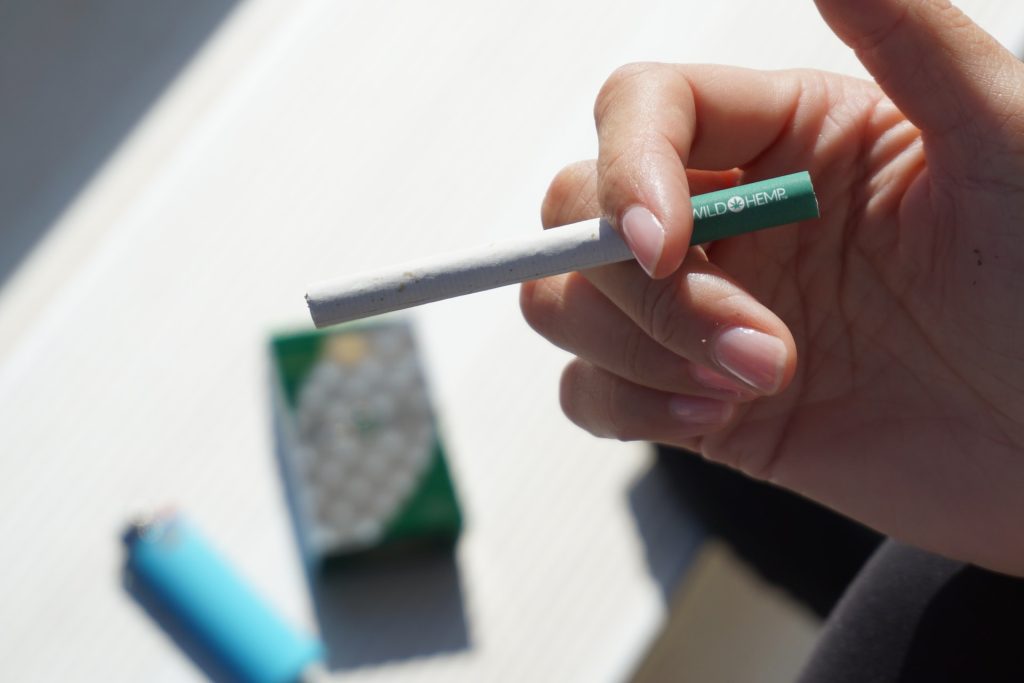No Smoking Uptick in COVID Pandemic – Unlike Other Disasters

Unlike other population-level stressful events such as natural disasters, COVID has not resulted in a net increase in smoking, according to a new study from the International Tobacco Control (ITC) Project, at the University of Waterloo.
However, the researchers also found that although nearly half of smokers reported that COVID caused them to consider quitting, the vast majority of smokers did not change their smoking habits during the early phase of the COVID pandemic.
Stress is known to be a significant risk factor for smoking, especially in females. The study surveyed 6870 smokers and vapers in Australia, Canada, England, and the United States between April and June 2020. The team investigated the association between COVID and thoughts about quitting smoking, changes in smoking, and factors related to positive changes such as attempting to quit or reducing smoking.
Only 1.1 per cent of smokers in the four countries attempted to quit and 14.2 percent reduced smoking, but this was offset by the 14.6 percent who increased smoking, with 70.2 percent reported no change.
“It is important to note that population-level stressful events, such as 9/11 and natural disasters, have often led to increased smoking,” said Geoffrey Fong, professor of psychology at Waterloo and principal investigator of the ITC Project. “So, our findings that there was no net increase in smoking in response to COVID may actually represent a positive result for public health.”
The study found that those who considered quitting smoking due to COVID were mostly females, ethnic minorities, those under financial stress, current vapers, less dependent smokers, those with greater concern about personal susceptibility of infection, and those who believed COVID is more severe for smokers.
According to study co-author Fong, this latter finding may explain why a significant uptick in smoking was seen in the COVID pandemic, compared to past tragedies.
“Unlike other population stressors such as earthquakes, which are unrelated to smoking, COVID severity is indeed linked to smoking,” Fong said. “Public health officials have mentioned the link as yet another reason for smokers to quit, and over 80 percent of smokers across the four countries believed that smoking made COVID more severe. And this led to the lack of an increase in smoking, unlike what we have seen after other tragedies.”
Source: EurekAlert!
Journal information: Gravely, S., et al. (2021) Smokers’ cognitive and behavioural reactions during the early phase of the COVID-19 pandemic: Findings from the 2020 ITC Four Country Smoking and Vaping Survey. PLOS ONE. doi.org/10.1371/journal.pone.0252427.






